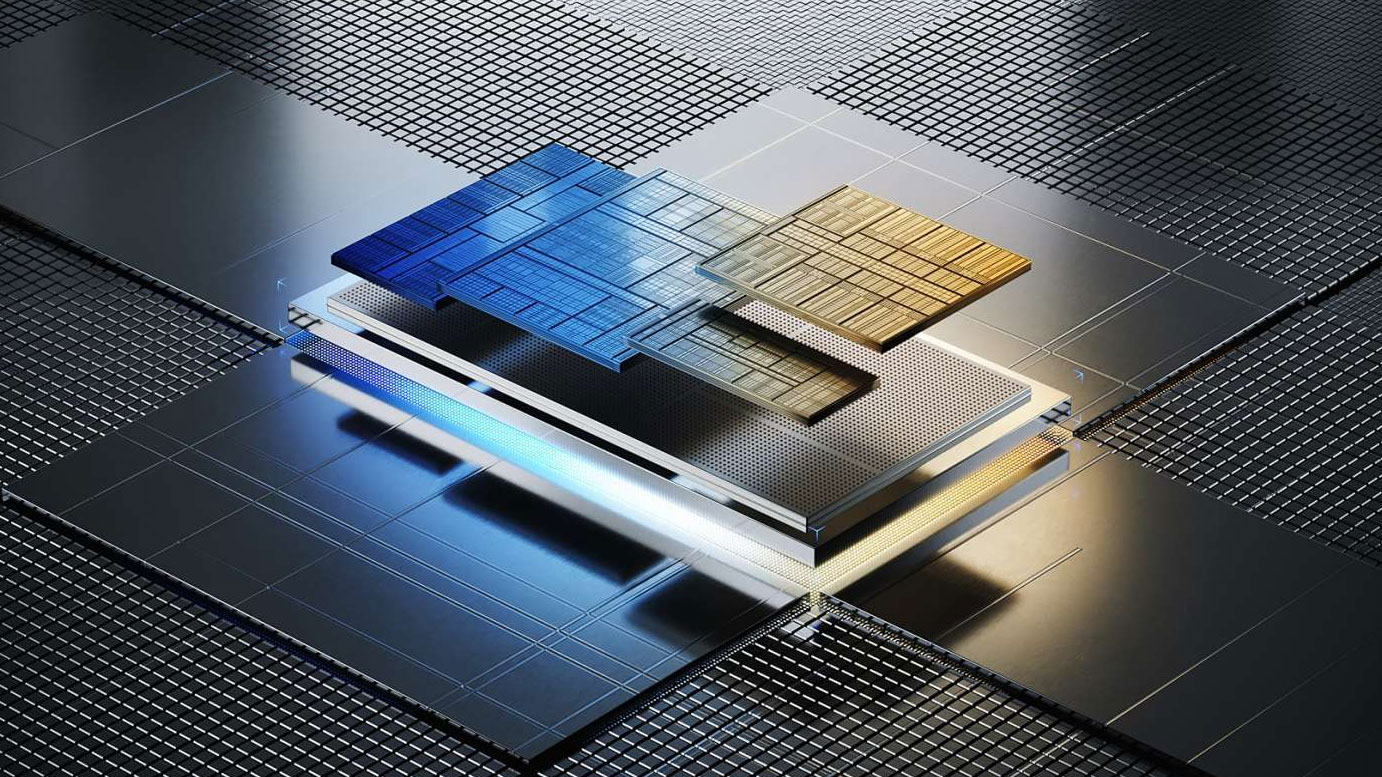
Intel outlined its use of AI tools in recent chip designs, tools that are undoubtedly being used to create some of the best CPUs for the coming years. Intel claims the AI tools for optimizing SoC layouts have slashed the time required by some of the firm’s semiconductor design processes from six weeks to just "minutes."
Having proved their worth in thermal sensor placement design in Meteor Lake, Intel’s AI-based tools are expanding their scope to other important areas such as high-speed I/O, efficiency, product sampling, and other chip floor plan optimizations. Naturally, the new AI tools will be used in Arrow Lake and Lunar Lake, as well as other future client products, says Intel.
The AI tools have been particularly useful in optimizing chip thermals. Perhaps that was merely the first area where Intel felt comfortable to test AI options, or perhaps it was an area that offered the biggest potential for gains. Whatever the case, Intel says that optimizing the placement of thermal sensors on its chips was previously a mix of science and art. Passing this aspect of chip design to AI has resulted in massive time savings.
Confusingly, Intel appears to be defining some of its AI tools as 'Augmented Intelligence' rather than 'Artificial Intelligence.' The key difference here, according to the chipmaker, is that Augmented Intelligence "is a subset of artificial intelligence that focuses on how humans and machines work together." In a similar vein, the blog seems to try and assure readers that Intel engineers are not going to be replaced by AIs anytime soon.
Mark Gallina, Intel’s Client Computing Group (CCG) principal engineer and senior system thermal and mechanical architect, explained how the AI tools worked when designing its Meteor Lake laptop chips. He outlined the process where engineers have to "precisely analyze complex, concurrent workloads that activate the CPU core, input/output (I/O) and other system functions to accurately determine the location of thermal hotspots." Compounding this complexity is the placement of the sensors, resulting in a design and revision cycle that can take an experienced engineer "a few weeks." Apparently, the new Intel AI tool can crunch thousands of variables and return several ideal design suggestions in just minutes.

Intel AI seems to have proven the viability of the tools with Meteor Lake designs, and now the CCG is embracing a wider range of AI-driven tools to speed up the hardware design process. Intel says it has already made progress in tools that deliver fast and accurate signal integrity analysis for high-speed I/O. The tools have delivered up to 60% efficiency gains in I/O, and reduced sample testing cases by 40%. Moreover, Intel has an interactive AI tool for helping to answer CPU design trade-off questions.
We've previously reported on other firms using AI to optimize chip design. Intel’s arch nemesis, AMD, said last year that it would extend the use of AI-enabled tools in the design of its chips. Also in 2023, we saw over 200 chip designs placed-and-routed using the Synopsys DSO.ai electronic design automation (EDA) software. Even small-time electronics enthusiasts can now wield AI to help with chip design, and last year there was a contest that provided free manufacturing muscle for lucky AI chip design winners.







